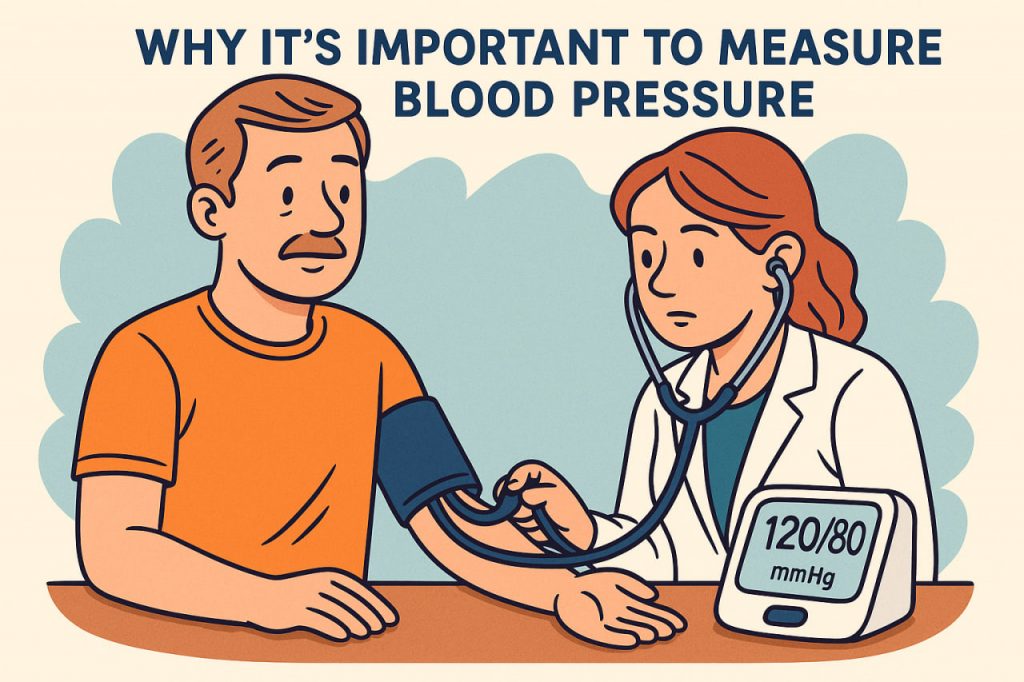Blood pressure is one of the most vital indicators of your overall health. It shows how hard your heart is working to pump blood through your body. Measuring blood pressure regularly is a simple but powerful way to monitor your cardiovascular system and prevent serious health issues, including heart disease, stroke, and kidney failure.
What Is Blood Pressure?
Blood pressure is the force of your blood pushing against the walls of your arteries. It is measured in two numbers: systolic (when the heart beats) and diastolic (when the heart rests between beats). A normal reading is typically around 120/80 mmHg. Values consistently higher or lower than this range may signal a health problem.
Why Regular Monitoring Matters
High blood pressure, or hypertension, often develops without noticeable symptoms. It’s known as the “silent killer” because it can damage blood vessels and organs over time without causing pain. Regular monitoring helps detect changes early, allowing for lifestyle adjustments or medical treatment before complications develop.
Who Should Check Blood Pressure?
Everyone can benefit from blood pressure checks, but it’s especially important for:
- Adults over 40
- People with a family history of hypertension
- Individuals with diabetes, obesity, or chronic stress
- Pregnant women (to detect preeclampsia)
- People taking medications that may affect blood pressure
How to Measure It Correctly
Using an automatic blood pressure monitor at home is convenient and easy. For the most accurate results:
- Sit quietly for a few minutes before measuring
- Keep your arm at heart level
- Take readings at the same time each day
- Avoid caffeine, smoking, or exercise 30 minutes prior
These habits help track consistent, reliable trends over time.
What Can Abnormal Readings Indicate?
- High readings may suggest hypertension, which increases the risk of stroke, heart attack, and vision loss
- Low readings may lead to dizziness, fainting, and fatigue, and can signal dehydration or hormonal imbalance
Both extremes require evaluation by a healthcare provider.
Glossary
- Blood pressure – the pressure of circulating blood on artery walls
- Systolic – the pressure when the heart contracts
- Diastolic – the pressure when the heart relaxes
- Hypertension – consistently high blood pressure
- Cardiovascular system – the heart and blood vessels that circulate blood
- Preeclampsia – a dangerous rise in blood pressure during pregnancy
- Automatic blood pressure monitor – a device used to measure blood pressure at home
- Stroke – a condition where blood flow to the brain is interrupted


